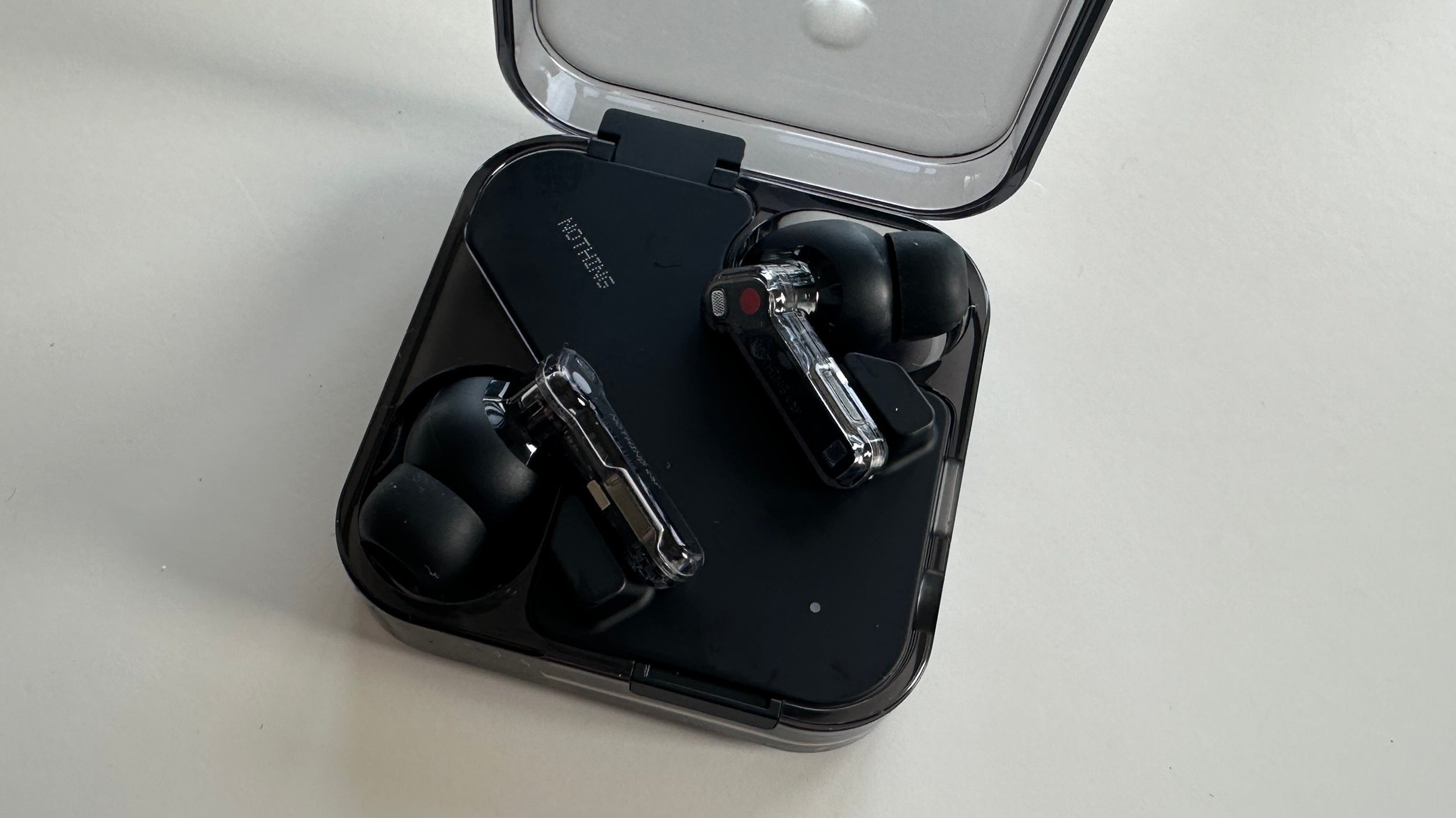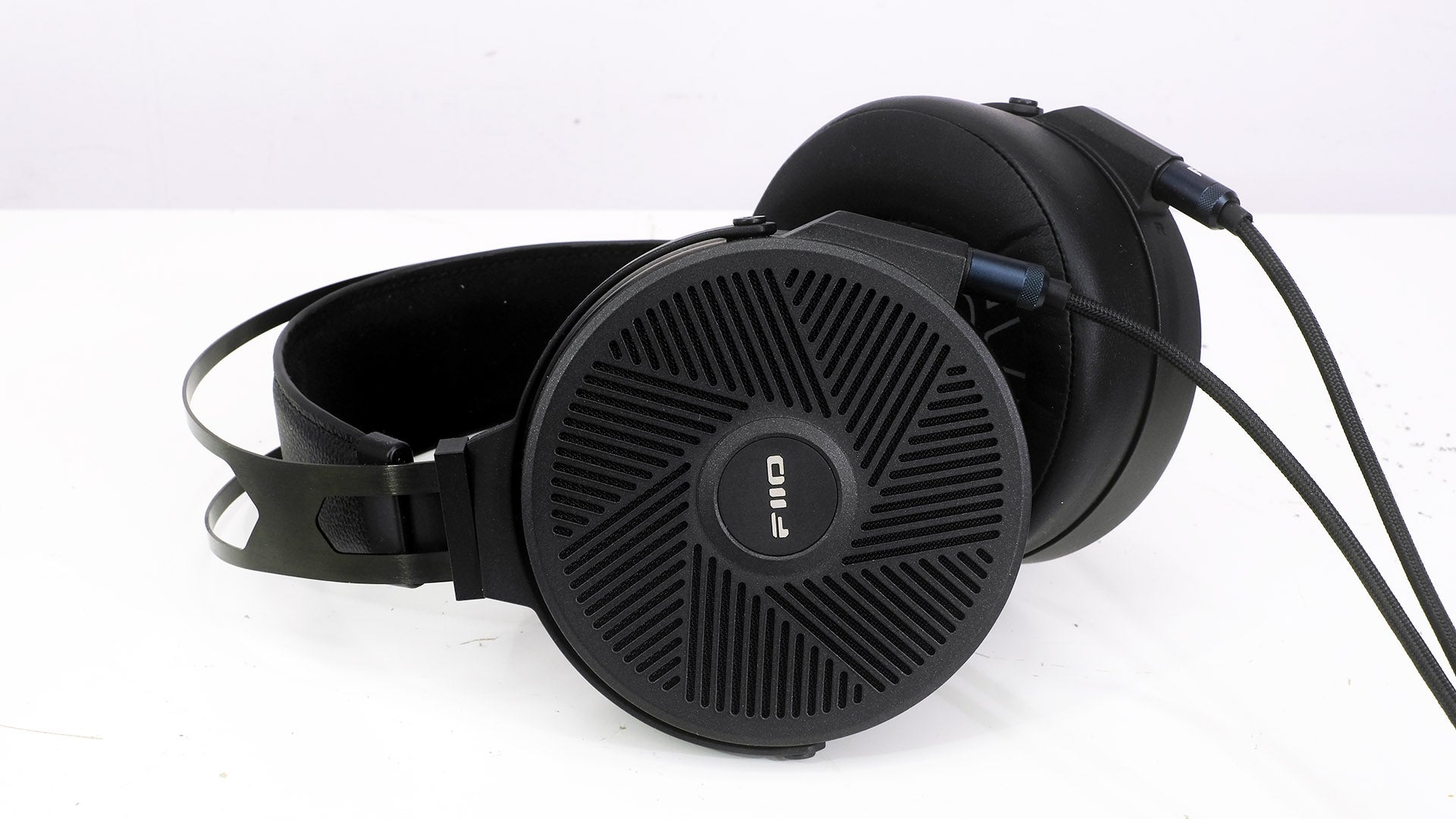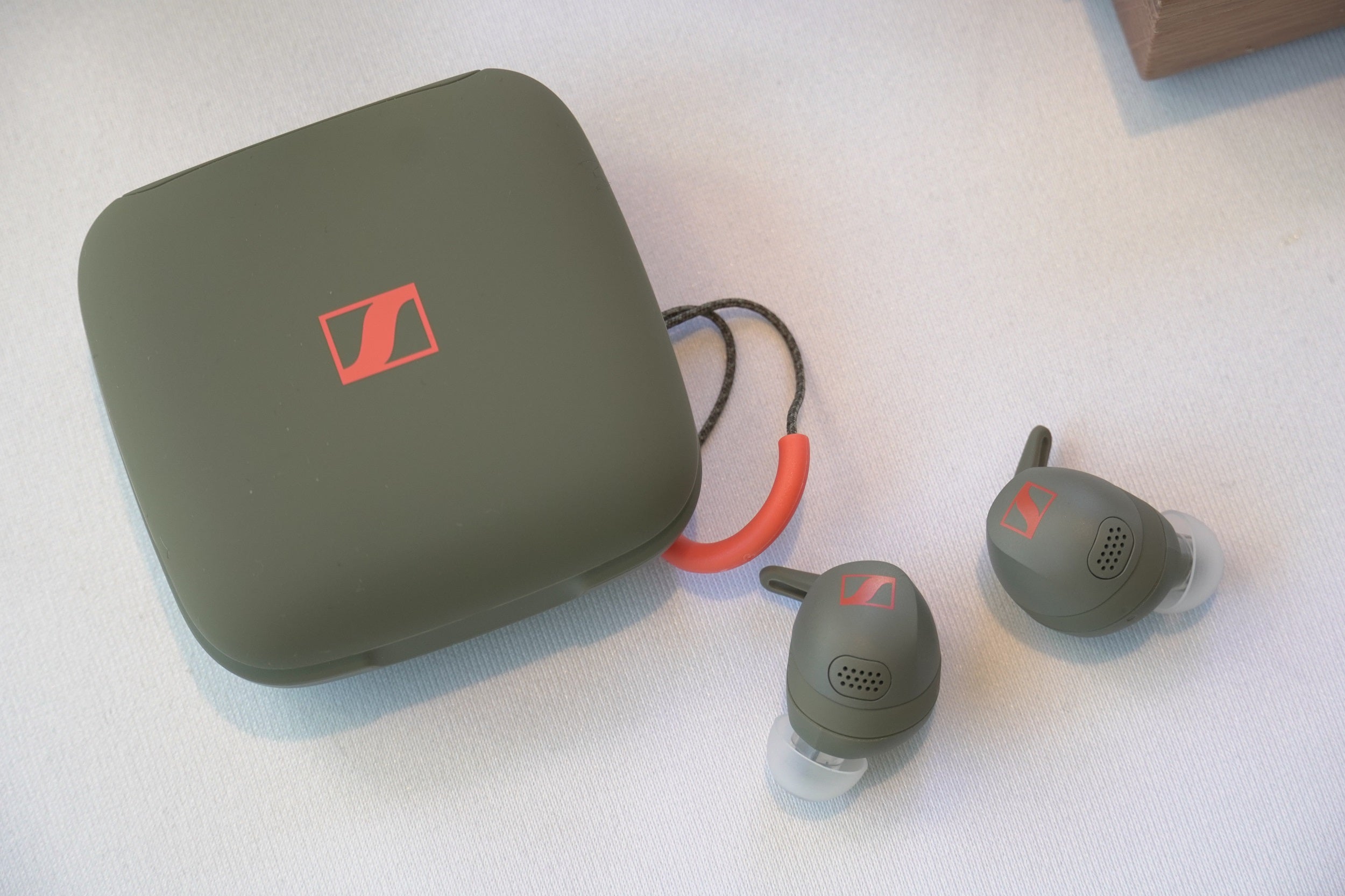Lypertek Pureplay Z7 Review
Lypertek gate-crashes the premium true wireless market with the Pureplay Z7


Verdict
Lypertek’s attempt at premium true wireless buds breeds familiarity in terms of performance and feature set, but some aspects of their performance doesn’t merit the jump in price
Pros
- Entertaining sound
- Good fit
- Long battery life
- Excellent connection
Cons
- Plain design
- Poor transparency mode
- Disappointing call quality
Availability
- UKRRP: £199
- USARRP: $199
- EuropeRRP: €199
Key Features
- cVc 8.0 Noise CancellingQualcomm tech for calls
- Bluetooth codecsSupports SBC, AAC and aptX Adaptive
- DriversDual Balanced Armature Driver and High Performance 6mm Driver set-up
Introduction
Lypertek has produced some of our favourite budget true wireless in the PurePlay Z3, SoundFree S20 and Pureplay Z3 2.0. Following those models is their most ambitious try yet in the Pureplay Z7.
Priced at £199, these earbuds aren’t aimed at the budget set. Upgrades include an updated design, improved Bluetooth performance and hybrid driver technology.
With the leap in price a significant one, do the Pureplay Z7 offer the same value we’ve come to expect from Lypertek? The answer is both yes and no.
Design
- Prosaic appearance
- Good fit, comfort and noise-isolating seal
- Tactile touch controls
The Pureplay Z7’s design neither looks nor feels like a £200 piece of hardware. Their appearance is plain – not unlike the Z3 2.0 – and at this price there’s a lack of visual identity to make them stand out among rivals.
They look like elongated Z3s, their large housing bestows upon them an inelegant appearance. The purpose of the design is to provide a good fit and noise-isolating seal. In that regard, they work to a tee, with the earbuds plugging the gap so outside sounds don’t intrude. Lypertek offers plenty of ear-tip options that include silicone and FlexiFit foam (both S, M, L) if the default option doesn’t seal the deal.
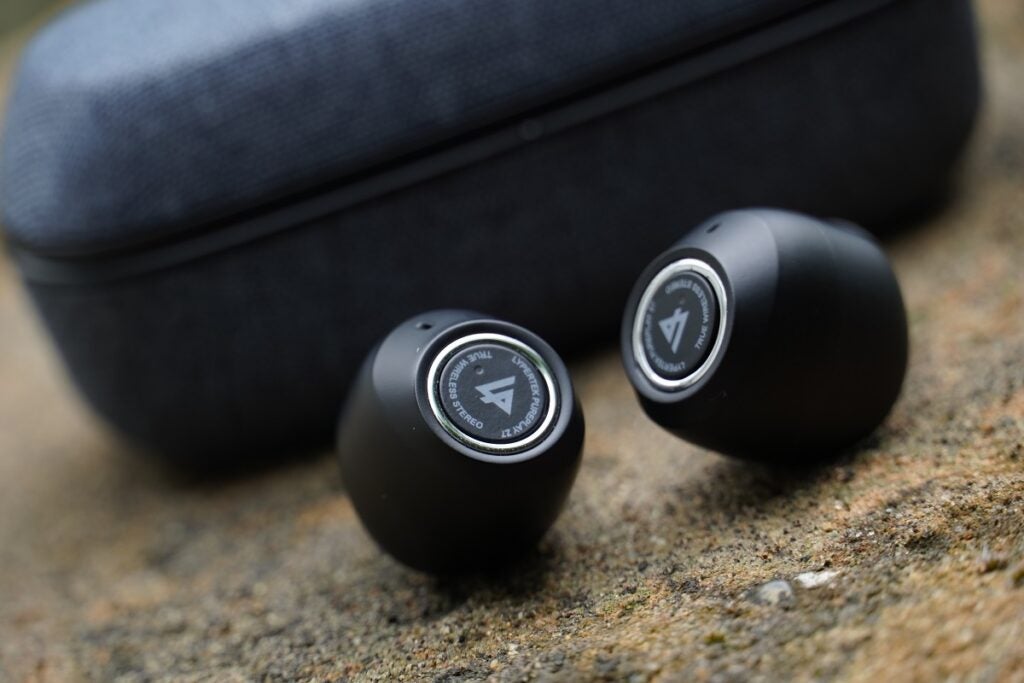
Comfort is good, too, although the earbuds have come loose over longer periods. The Z7 also opt for the tactile physical controls that have served Lypertek so well, and in terms of responsiveness, they’ve been nothing less than reliable covering playback, volume, track skipping and activation of the HearThrough mode. The disadvantage is that some may not like the feel of pushing the earbud into the ear, especially when executing multiple presses or holds.
The charging case mirrors the Z3 2.0’s – it isn’t as tall, but is slightly wider, and wrapped in fabric for a smart and tidy appearance. Really, the same can be said for the earbuds themselves: tidy but not attention grabbing. They’re currently only available in black. Here’s hoping for more finishes to enliven the Z7’s dress sense.
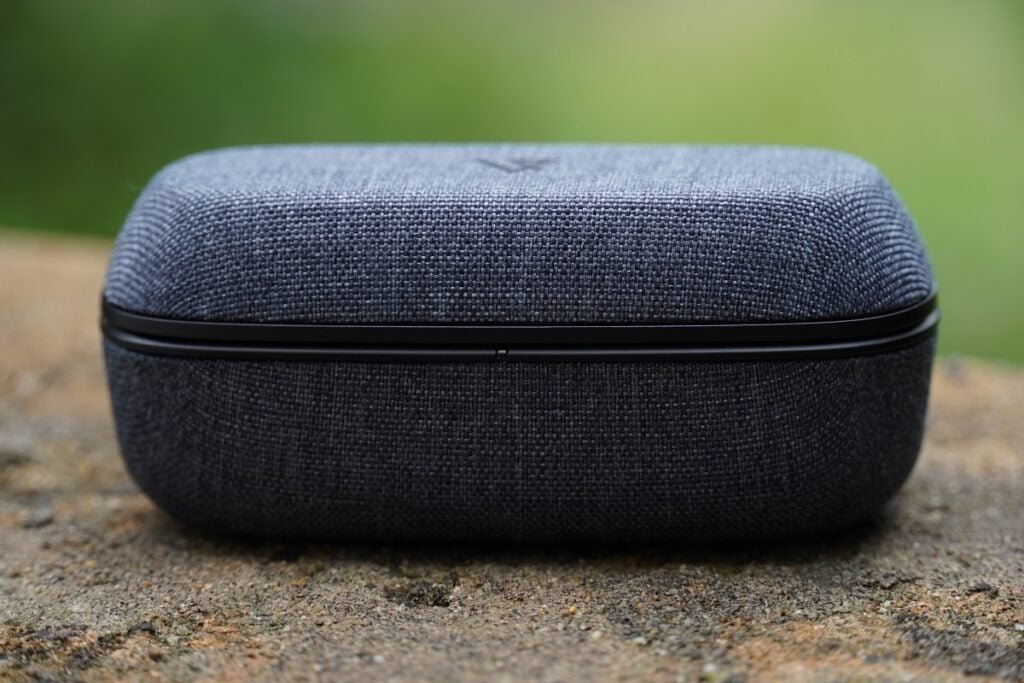
Features
- Disappointing HearThrough mode
- Poor call quality
- Good wireless connectivity
Lypertek hasn’t added active noise cancellation, and I’d say that’s the right choice, since the Pureplay Z7’s noise-isolating design keeps plenty of sounds at bay.
The same HearThrough ambient mode featured in the Z3 2.0 and SoundFree S20 is available, and again it’s a disappointingly passable performance.
Listening to the Z7s around London, the difference between on and off is so small it’s hard to tell the difference. I can hear cars slightly more, but traffic comes across as a mishmash of noise, which isn’t the most helpful for being aware of your surroundings. Like the Z3 2.0, the sound of my keyboard taps is more evident as I write this review, although the noise floor is raised some more. The HearThrough works on a micro, rather than macro, level.
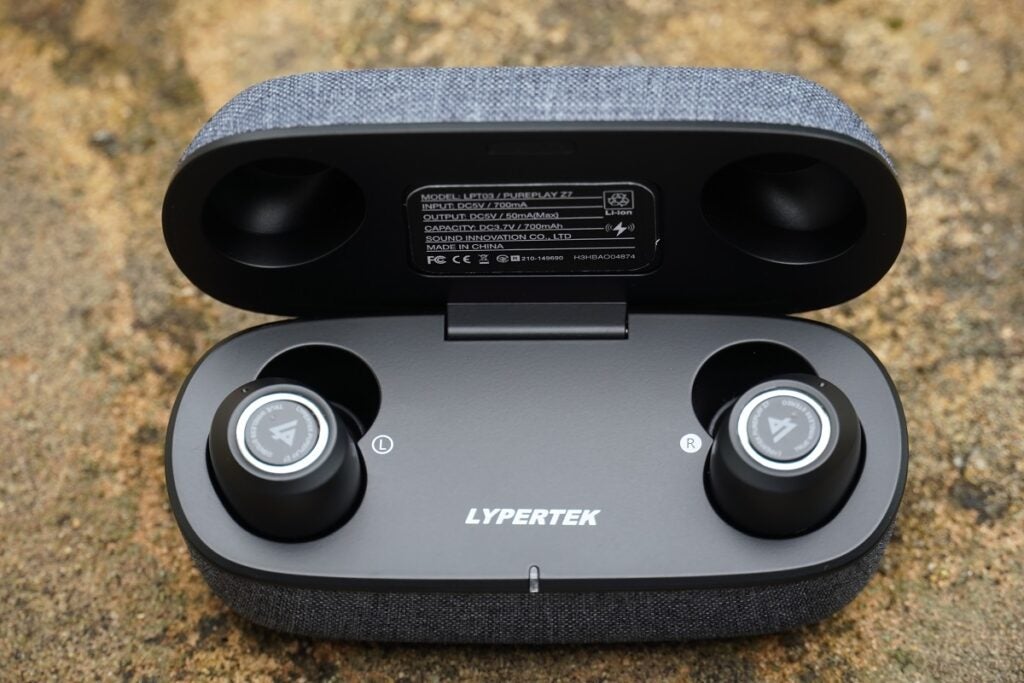
The same problems noted on the cheaper earbuds continue when audio is paused, with a weird hum introduced as if there’s an air conditioner nearby. It makes me wonder if they retain the same microphone set-up as the cheaper models, which would be a bit puzzling given the significant mark-up.
Stamina is 10 hours per earbud, with the case supplying 60 more. Fast charging is included, as is wireless charging, with the Z7 compatible with Lypertek’s own wireless charging plate (yours for $29.99).
Bluetooth connectivity matches the Z3 2.0 model with Bluetooth 5.2 (the latest version), but brings in support for aptX Adaptive alongside SBC and AAC codecs.
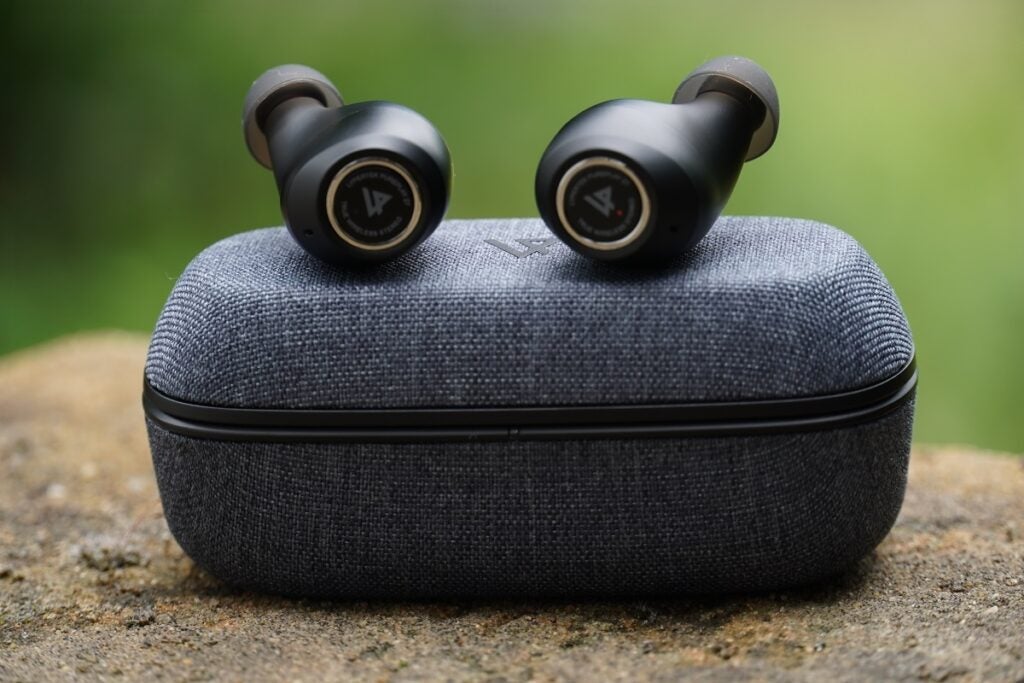
The inclusion of aptX Adaptive feels like a true upgrade, imbuing the Z7 with a resilient wireless performance. Over a few weeks of testing, there was only one brief blip walking through Waterloo train station. Otherwise, their ‘stickiness’ was impressive.
Call quality disappoints though, despite the inclusion of Qualcomm’s cVc 8.0 Microphone Noise Cancelling tech. The person on the other end of the line described my voice as distant and small, the microphones picking up the noise around me at the same time as my voice, which is never a good thing.

Water resistance is IPX5, less than the Z3 2.0’s IPX7, but still stronger than most earbuds, so water and sweat shouldn’t be an issue.
The Lypertek Pureplay Z7 are compatible with the PureControl app, but there are no ‘exclusive’ features. The LDX mode is rather redundant considering the new hybrid drivers, so there’s the same selection of EQ presets with options to create two custom 3-band EQs. Customisation of controls extends to double- and triple-clicks; the Find My Earbuds shows the current location of the earbuds and firmware updates are possible.

Sound quality
- Big-scale, strong bass performance
- Beaten for detail and clarity
The Lypertek Pureplay Z7 promise a higher spec over their Z3 2.0 counterpart, with their hybrid combination of two specially designed balanced armature drivers and a titanium coated dynamic driver. Despite that, the difference between the Z3 and Z7 isn’t always clear cut.
There’s more weight to the Z7 and a grander feel to their presentation that can be heard in Patrick Doyle’s Can You See Jane? From the Thor soundtrack. But I prefer the Z3 2.0’s rendition in some respects; higher frequency notes come across as better defined while the track ends in punchier fashion.
The overall character is similar, and there are moments where the cheaper true wireless dig up more detail – the guitar in Faye Webster’s In A Good Way is separated from her voice with more clarity.

However, the one area where the Z7 are demonstrably better is in the sense of scale and power. Low frequencies have more depth and presence in Lorne Balfe’s Reunited from The Tomorrow War, which makes for an altogether more pulsating listen.
In other instances, the Z7 carry on the same strong core strengths of the Lypertek family. Voices are well defined, with the Z7 adding more weight for good measure. They work solidly with a range of genres, even more so with the EQ presets applied, as early 2000s hip-hop, late 90s pop, 70s rock ‘n’ roll, 80s cheese anthems, classical are entertainingly handled. If there’s a criticism, though, it’s that the Z7 entertain rather than excite.
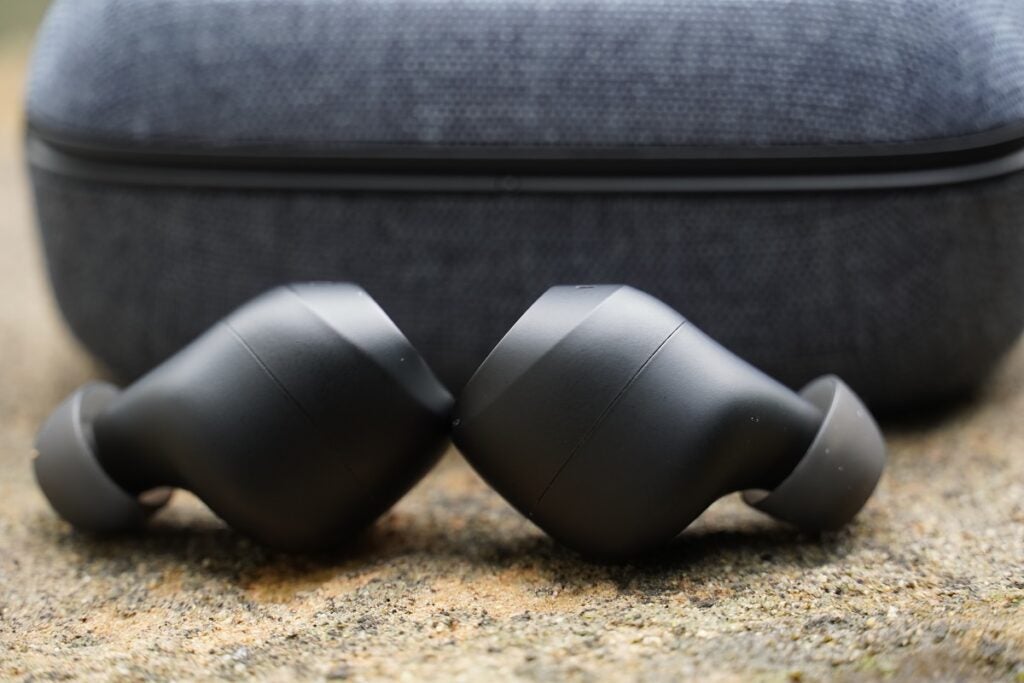
Compared to the Sony WF-1000XM3 – still on sale for £129 – the Z7 don’t retrieve as much detail from the mid-range. High frequencies have a relaxed tone, lacking sharpness and sparkle. The Lypertek also don’t show as deft a sense of organisation of the soundstage as the Sonys, lacking the subtlety of those previously class-leading earbuds.
However, the Z7 do offer a solidly defined soundstage, with satisfying enough detail and a balanced approach throughout the frequency range.
Latest deals
Should you buy it?
If you like the Lypertek approach With their generally well-balanced audio, long-lasting battery life and strong wireless connection, the Pureplay Z7 favour a tried-and-tested approach.
If you’re after true wireless with more character The Z7 share traits with their cheaper siblings, and that stops them from having their own ‘distinct’ identity. There’s plenty to like, but more capable true wireless can be had for less money.
Final Thoughts
The Pureplay Z7 put in a satisfactory performance but they do come unstuck when compared against premium fare. Their sound quality entertains, battery life is long-lasting, but their design is rather prosaic and basic for what is a £200 purchase.
In addition, while they cope well without ANC, the HearThrough ambient mode is another disappointing effort. In many ways, they’re upgraded Z3 2.0s but the £200 asking price seems a little dear for the performance they offer.
How we test
We test every headphones we review thoroughly over an extended period of time. We use industry standard tests to compare features properly. We’ll always tell you what we find. We never, ever, accept money to review a product.
Tested over several weeks
Tested with various music streaming services
FAQs
There’s no noise cancellation for this model

